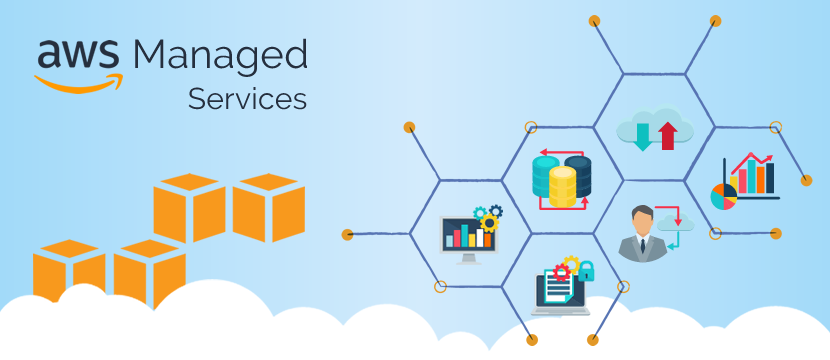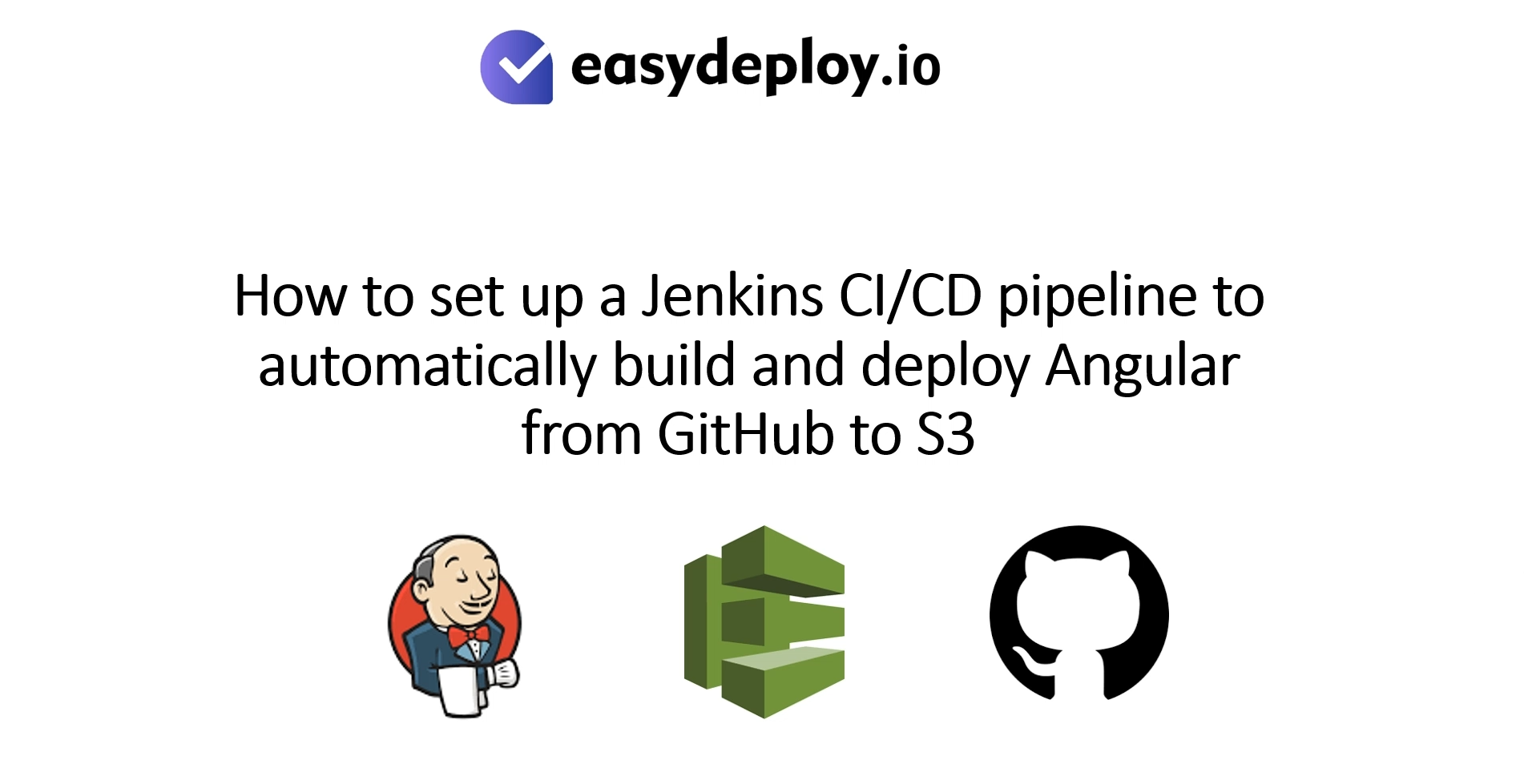Amazon Web Services refers to a largely adopted cloud platform, consisting of a collection of tools and sophisticated services. These services come with the task of automating IT infrastructure operations such as backups, user access, and management tasks.
The concept of Amazon Web Services revolves around SLA, also known as a Service Level Agreement. In other terms, it is an agreement between customers seeking cloud services and AWS’s global partners.
The operational specialization of AWS Managed Services (AMS) is directed at start-ups, public sector organizations and other large enterprises with the core objective of simplifying and untangling the workload to public cloud and then manage the workload so migrated.
Also Read: How to Choose Best AWS Consulting Partner?
AWS Managed Services – Decoding the Technical Know-how
Using AWS managed services (AMS) is a process-oriented mechanism. It requires enterprises using them to follow a series of steps in order to ensure optimal utilization of automation. One aspect of using AWS managed services includes the planning stage, wherein, applications required to be migrated to the public cloud are selected after which the AWS managed Services platform is subject to access.
The customer’s AWS account is controlled by the AWS managed services as a part of this onboarding process. However, the customer here has the option to switch to a self-management cloud console. AWS managed service rests on the premise of Application program interface that is the API, so as to integrate with other tools of development and system management.
AWS Managed Service Provider Program
Another very important aspect which comes into the picture is the AWS Managed Service Provider program. It is defined by a Managed Service Provider (MSP) network. The Managed Service Provider performs the task of managing a customer’s IT infrastructure on a regular and active basis and operates on a subscription model.
AWS Managed Service Providers are adept at the task of migrating applications and maintaining cloud infrastructure, all in accordance with the interacting points which the customer desires. The MSP partners having the likes of Accenture, Capgemini, and Cognizant, among others, function to fulfill the AWS Managed Service Program Provider prerequisites.
The AWS Managed Services functions on customer’s own accord, relieving of infrastructure operations, and optimizing cost ratios among other services which are directed towards attaining operational and differentiated efficiencies in the business. The AWS Managed Service Provider program delves into handing such advanced tasks like deployments on multi-cloud platforms with its AWS driven MSPs.
The latter happens to build on the long run and sustaining relationships, with a managed service partner, educating the enterprise customers thoroughly and conforming to stringent norms laid down by the AWS (Amazon Web Services). Nevertheless, with an MSP set up in action in tandem with the AWS partner network, the AWS managed service stands complete.
It is very important to build the right AWS Consulting Practice. For this, it is recommended to choose an AWS consulting partner who will build a successful AWS consulting practice for your business.
AWS and AWS Managed Console
The AWS managed console is the pivot around which AWS managed services are centered. The managed console, under its belt, has a wide variety of cloud services from which the customers can choose. A console is nothing but an interface that helps the user manage multiple customer records at once. A managed console is thus a web application for managing such services and comes with an inbuilt graphical user interface (GUI) which is intuitive.
AWS managed console processes cloud management for each and every aspect of an AWS account and managing such important tasks as security credentials, monthly expenditures, and so forth.
The AWS managed console also allows for setting up of new Identity and Access Management users. IAM users can access and connect to the AWS managed console via the AWS user account and password. Every sign in marks the authentication of the root user to access resources on AWS managed console.
For a smooth and on the move experience, Amazon Web Services have also come out with the AWS managed mobile console application, separately built for iOS, Android, and Windows.
Building Business with AWS Managed Services
One of the biggest practical implications of AWS Managed Services is the AWS business builder. As the name suggests, this avenue provides a host of marketing, sales, and other technical resources to aid enterprises to expand their businesses and build sustaining rapports with customers.
An offshoot of this is the portfolio of building business via SAAS providers. SAAS stands for software as a service. The saas providers have a crucial role to play as they are versed with the knowledge of tools to generate big leads and drive an increased influence in markets concerned. All the providers work on the many tiers of APN (the AWS partner network) for copious training content, helpful to businesses and partners.
Numerous case studies have pointed out the very fact that today, a large array of businesses thrive on AWS cloud technologies. It can be of immense help to start-ups and entrants of the like with little or no fledged IT teams whatsoever. They can simply operate on the AWS cloud service and bolster their management and infrastructure oriented capabilities right from scratch. This will also be wise as far as managing the overhead costs are concerned. Thus, the enterprise cloud solution industry is garnering huge visibility and thumbs up.
AWS Resources and Resource Groups: Simplifying Management
The question which now pops up is how a large number of tasks are managed and automated, all at the same time? The answer lies within the understanding of what we call the resource groups. They serve the purpose of organizing all the AWS resources, making it all the more easier. A resource refers to any entity which an individual or enterprise can work with.
Generally, such resources are multiple in nature, and it is rational to manage as a group rather than performing the arduous task of moving them from one AWS led service to another. Thus actions can be performed in bulk on such resources, all at once. Examples of mass directed actions include up-gradation of applications or applying security patches in them.
The idea is that all resources within one resource group reside within one AWS section. It is best suited to applications which come with multiple stages such as developing, production, etc.
Looking for an AWS Consulting partner for your business? Check out the top 10 points you should consider while choosing an AWS Consulting Partner.
Getting Started with AWS Mechanism
The AWS mechanism starts with conceiving the idea of implementing the private cloud infrastructure, complying with security norms. The migration then facilitates coordination with partners to make sure the workloads meet the required landing zones. Finally, the execution must be such that the AWS environment so created with infrastructure automation by cloud experts meets the business requirements envisioned.
All renowned organizations are making the most of AWS cloud platform services. It has given a makeover to the manner in which database storage, among other IT products, is demanded. Gone are the times when full capacity and costly IT infrastructure had to be maintained for running businesses.
With the AWS mechanism, enterprises can make their business services agile by leveling up IT resources suitable to the nature of their operation (for instance Banking companies come with higher security provisions and greater user experience), cost-effective and easy to scale up and down as per the growth of the organization.










